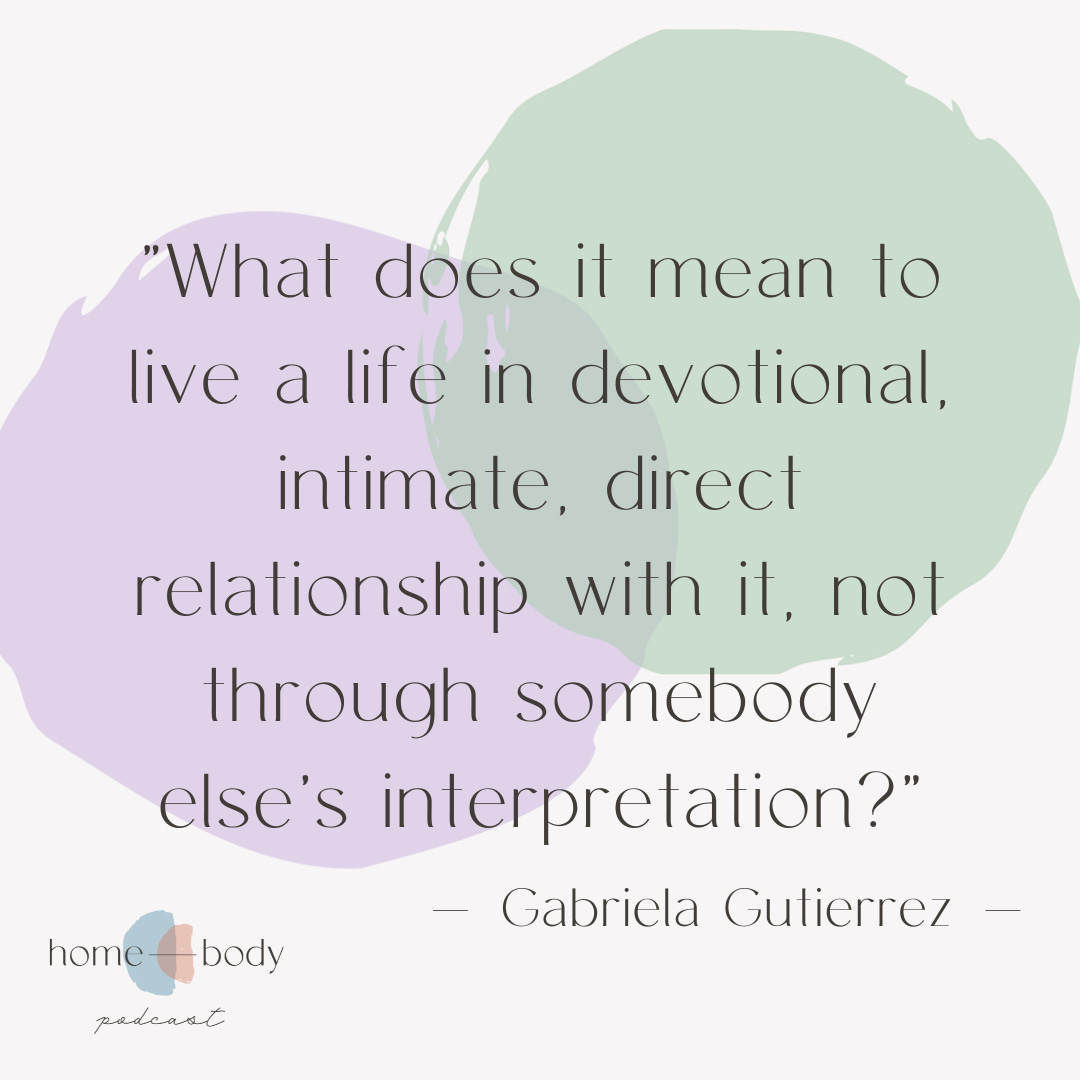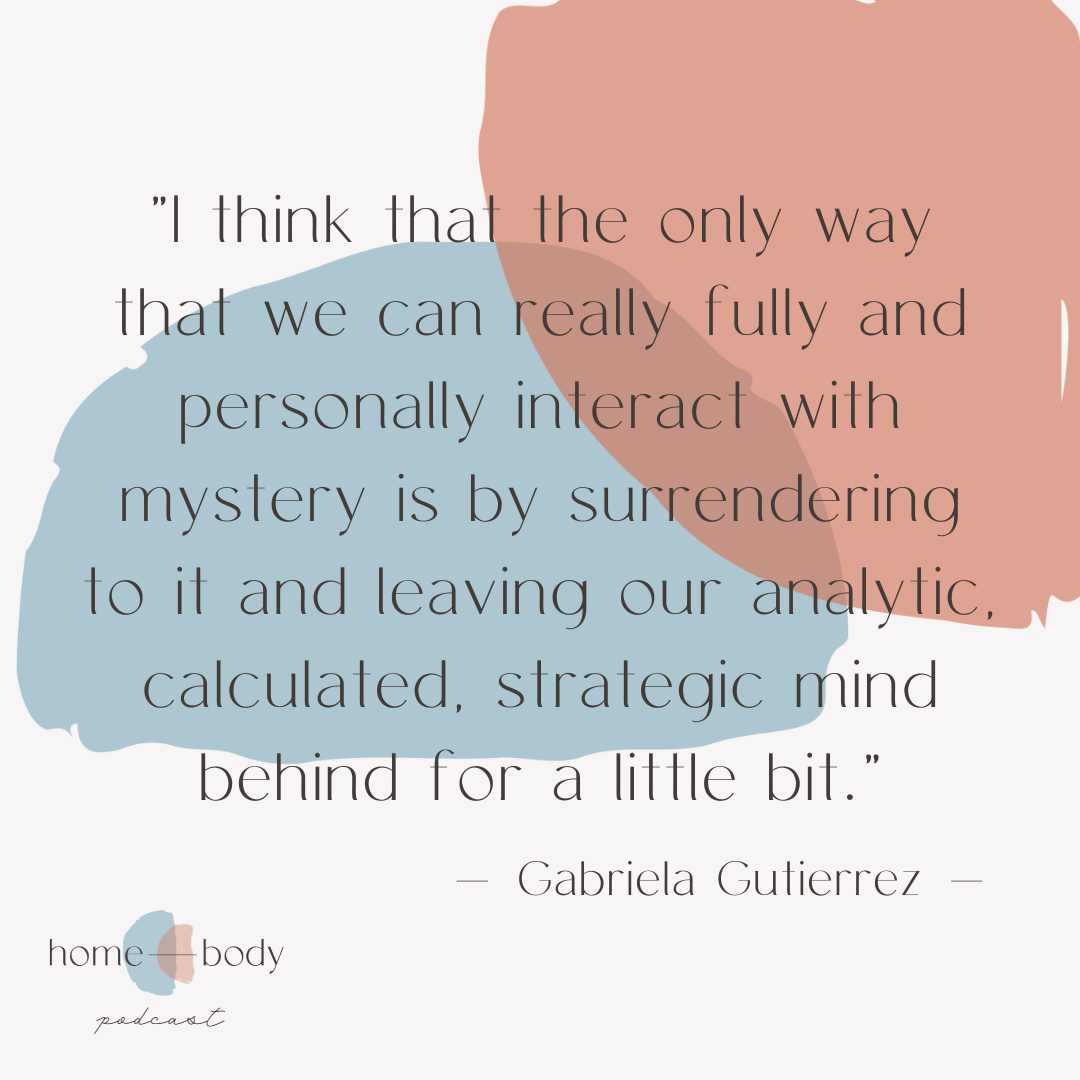Listen via audio:
In trying to understand the root causes of the type of heart-wrenching violence we’re currently baring witness to in Occupied Palestine, I come back to the imagination.
The imagination is where everything begins. Before anything is created, it first has to be imagined.
And when we imagine, we imagine in story.
The ancients used story to make sense of themselves and their world. It was a means by which to address the nuances of the heart, to give a language to grief, to give voice to the rich and multilayered human experience…
Culture comes from the imagination. Political ideology comes from the imagination.
As a mythologist, I want to offer this lens to look at the genocide in Occupied Palestine.
Having studied this part of the world for my bachelor’s degree in Middle Eastern Studies, Arabic and Farsi, I have often wondered why the region that is considered to be the cradle of civilisation has become so “othered” by the Western world.
Political agendas use the imagination to create narratives of “otherness”, to turn the “other” into a monster and, in that way, serve a particular political ideology. The West is creating stories that “other” Arab and Middle Eastern people, be it through Islamophobia, accusations of terrorism, or quite shamelessly painting them as lesser than human. We have seen language circulating calling Palestinians “human animals”, a denomination that was rife in Nazi Germany.
This is a primary example of how the imagination can be used in ways that cause harm.
Though I was invited on this podcast episode a couple of months ago, before October 7th, the teachings on “icons and idols” within Islamic Mysticism are extremely relevant here. Not only because they turn out attentions towards a highly sophisticated and refined philosophy from the part of the world the West is so dedicated to denigrate, but because it highlights the the importance of orienting ourselves back to an older, metaphorical, imaginative and life-affirming worldview that can serve us well during these heartbreaking times.
Our icons have become idols. Instead of being repositories of the type of knowledge that unravels infinitely, alive in its own unfolding and speaking to each of us in intimate and unique ways, they have become static, lifeless and one-dimensional. Like a word that means one thing and one thing only.
This way of relating to religious imagery has caused one-dimensional thinking. A unilateral approach to the world. We are lost in our fundamentalisms. And the meaning we attribute to our images takes precedence over both the meanings that others might receive from them, as well as other images that belong to other schools of thought or religions.
We hierarchise our icons. And this is how we have a culture that is idolatry rather than iconic. Iconic would be to see something as symbolic of something else. Whereas an idolatry approach is the worship of something as though it were a god.
We do this with celebrities, authority figures, spiritual teachers, parents and even our lovers, particularly men towards women. This is a result of the culture of courtly love of medieval France that we have inherited in the western world. The troubadours’ love poetry worshipped women as goddesses, and it was often unclear in their lyrical poetry whether they spoke of god or a woman.
Our images have become the dead bodies of angels. Sterile and unimaginative. They are like silent gods whose tongues we have cut out to display as bounty. And we have forgotten that they once used to speak.







What an interesting journey. I’m so happy I was able to play a small part. X